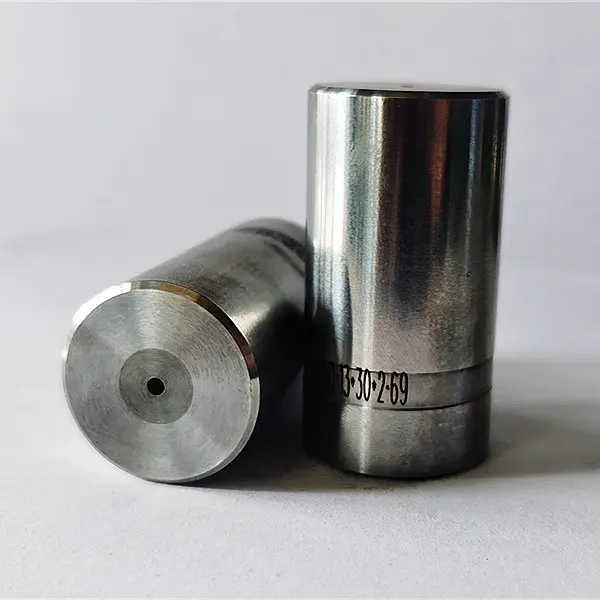Introduction:
In manufacturing, precision and efficiency are key. When producing screws, heading dies and tooling play a vital role in shaping and forming the heads of these important fasteners. Proper use of screw header dies ensures the consistency and quality of the screw head, enabling it to perform its intended function effectively. In this blog, we will delve into the importance of heading dies and tools in screw manufacturing, revealing their integral role in the production process.
1. What is a screw header die?
The screw header die is a special tool used to shape the shape of the screw head in the cold forging process. These molds are designed to transform raw materials into specific shapes and dimensions suitable for their intended application. The process involves subjecting the metallic material to extremely high pressure, causing it to flow and conform to the shape of the cavity. Header die and tools are typically made from high-quality steel and precision machined for precision and durability. Their intricate design allows them to withstand the repetitive forces exerted during the molding process.
2. Header die and tool
When precise screw head specifications are to be achieved, heading dies are used in conjunction with tooling specifically designed for the cold forming process. Header die and tools, including punches and dies, work together to produce screw heads with consistent dimensions and perfect finish. These tools are engineered to meet the unique requirements of each screw type, ensuring compatibility with the selected material and head design. Proper selection of upset dies and tooling is critical to achieving desired results in terms of thread engagement, strength and aesthetics.
3. Ensuring Quality and Efficiency
Upsetting dies and tooling are critical to maintaining the quality and efficiency of screw manufacturing. By employing well-designed heading dies, manufacturers can ensure consistency in screw head features such as groove or groove depth, shape and diameter. This consistency is critical for smooth screw insertion and removal during assembly and disassembly. Additionally, properly maintained head molds and tooling reduce the risk of production errors and downtime, ensuring a streamlined manufacturing process and minimizing costs.
4. Advances in head mold technology
As technology develops, so does the field of screw manufacturing. Upsetting die manufacturers are constantly striving to improve their products, introducing innovative technologies that improve performance and extend die life. The plug tooling uses advanced materials, coatings and surface treatments to make it more resistant to wear, corrosion and fatigue. In addition, computer-aided design (CAD) and computer-aided manufacturing (CAM) systems allow accurate simulation and optimization of joint tooling, increasing efficiency and reducing development time. These technological advances allow manufacturers to produce high-quality screws with greater precision and higher throughput.
Conclusion:
Header die and tools are integral components for screw production, forming and forming screw heads to meet specific requirements. Careful selection and maintenance of header molds and tooling ensures consistent quality, streamlines production and minimizes costs. With advances in head tooling technology, manufacturers can now benefit from greater efficiency and more accurate screw head specifications. As the demand for reliable and high-performance screws continues to grow, the importance of Header die and tools in screw manufacturing remains unwavering and the basis for precision, reliability and excellence in mechanical fastening.
Post time: Aug-09-2023



